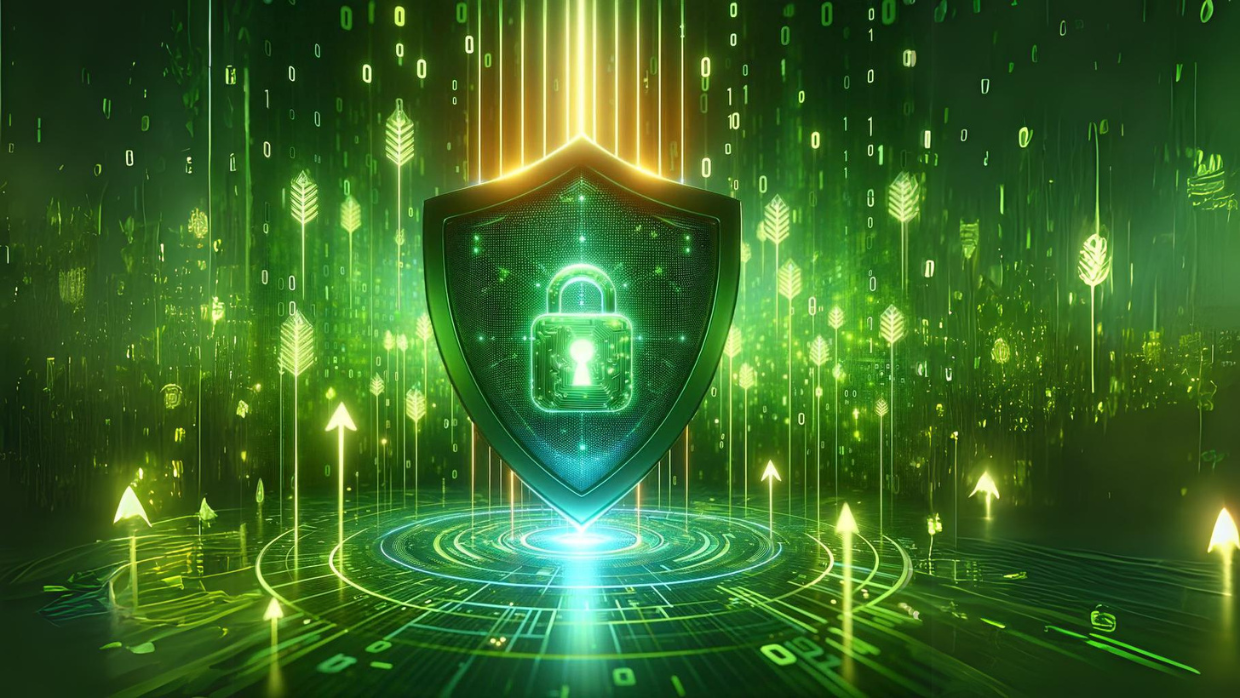In the world of business, cybersecurity is as crucial as locking your doors at night. Every day, hackers are out there trying to sneak into your digital space, finding creative new ways to trick you and your employees into letting them in. We know that sounds alarming, but here’s the thing, beefing up your cybersecurity can actually be more straightforward than you might think.
Improving your defenses doesn’t need to be overwhelming. Let’s start with some basics:
Phishing
All right, let’s talk about one of the sneakiest tricks in the hacker’s playbook: phishing. This isn’t about leisurely afternoons at the lake; it’s a serious threat where scammers fish for your sensitive information. They cast out emails, texts or even social media messages that look like they’re from your bank, a client or a colleague. If you click on this bait, you might have just handed over the keys to your digital kingdom.
The best line of defense against phishing is empowering your employees to recognize and report suspicious activity with cybersecurity awareness training.
Cybersecurity Awareness Training
Every single person in your organization can either be a potential vulnerability or a vigilant guardian of your digital realm. The difference? Knowledge.
Educating your employees about cybersecurity threats, especially the crafty world of phishing we talked about, is non-negotiable. The goal is for every team member to not just know about these threats but to instinctively react in ways that protect, not endanger, your business.
Here are a few tips to make cybersecurity awareness training more engaging:
Make it relatable
Use real-world examples that resonate with their daily tasks. Show them how a simple click on a phishing email can open the floodgates to trouble.
Keep it regular
Cyberthreats evolve, so your training should, too. Short, frequent sessions can be more effective than a once-a-year marathon that everyone dreads.
Test and simulate
Consider running mock phishing exercises. It’s like a fire drill for cybersecurity. Afterward, gather everyone to discuss what happened and how to spot and react to real threats.
Reward vigilance: Recognize and reward the right behaviors. Caught a phishing attempt? That deserves a shout-out. It reinforces positive actions and keeps everyone on their toes.
Remember, cybersecurity training isn’t about ticking a box; it’s about building a culture where security is everyone’s business.
Strong Passwords
After you’ve got a workforce that can spot a phishing attempt from a mile away, it’s time to focus on the next level of security: strong passwords.
The first step in enforcing strong passwords companywide is setting up a solid password policy for your team. Here are a few best practices:
Mix it up
Encourage the use of long passwords that combine letters (both uppercase and lowercase), numbers and symbols.
Keep them fresh
Regularly update passwords, but not so often that it becomes a chore that leads to weaker choices.
No repeats: Make sure everyone knows not to recycle passwords across different accounts and systems.
Educate
Teach your team why this all matters. A strong password policy is like a team sport; everyone needs to play their part.
You should take your security a step further and enable two-factor authentication (2FA), the equivalent of needing both a key and a fingerprint to get in. It adds an extra layer of security by requiring a second form of verification — like a code sent to your phone — before allowing access to your sensitive data.
Mobile Device Security
Speaking of phones, let’s turn our attention to those trusty sidekicks we all rely on — mobile devices, phones, tablets, laptops — they’re great for keeping us connected to our work, our clients and our data, no matter where we are. Unfortunately, that convenience comes with serious risks.
Here are a few ways to enhance your mobile device security:
Password Protection
Locking your device with a strong password or PIN is the first line of defense against someone getting their hands on your confidential data.
Encryption
Encryption scrambles your data so that even if someone did manage to break in, they’d find a bunch of gibberish unless they had the key. Most modern smartphones have encryption built-in, but sometimes you need to activate it.
App Permissions
Have you ever wondered why a simple game needs access to your contacts or messages? Yeah, it probably doesn’t. Being cautious about which permissions you grant can significantly reduce the risk of your data being misused.
Implementing these strategies can turn your mobile device from a security liability into a fortified digital fortress. It’s all about making it as tough as possible for those digital pirates to get their hands on your treasures.
Software Updates
We know that software updates can be annoying, but here’s the deal, those updates are packed with fixes for security vulnerabilities that hackers are just itching to exploit.
Here are some ways to make updates more bearable:
Respond Promptly to Update Notifications
View each update notification as a critical enhancement to your security. Accept it promptly or schedule it as soon as possible to avoid procrastination, which can compromise your security.
Enable Automatic Updates
Activate automatic updates for your operating system, applications and antivirus software. Set them to run during off hours to maintain strong defenses without disrupting your work or adding to your to-do list.
In the end, keeping your software updated is one of the simplest yet most effective ways to protect your sensitive business data. It’s a habit worth cultivating, both for peace of mind and for the safety of your digital world.
Wi-Fi Best Practices
Speaking of the digital world, let’s talk about a hidden threat – Wi-Fi networks. From personal Wi-Fi networks to public Wi-Fi networks, there are risks all around.
Here’s how to maximize your security when connecting:
Secure That Wi-Fi Connection
- Upgrade your router’s default password to a long and complex one, transforming a flimsy lock into a vault door.
- Ensure your Wi-Fi network is encrypted with WPA3, the latest standard for keeping your network communications hidden from eavesdroppers.
Beware of Public Wi-Fi Networks
- Public Wi-Fi in places like coffee shops, airports and hotels is convenient but can be a playground for hackers.
- Use a VPN (Virtual Private Network) to cloak your internet traffic, keeping your online activities concealed from prying eyes.
Review and Manage Your Saved Networks
- Periodically check and clean up the list of wireless networks your device connects to automatically.
- Remove networks that are no longer used or recognized to ensure you only connect to networks you trust, keeping your digital space tidy and secure.
By taking these steps, you’re not just enhancing your network security. You’re creating a digital fortress that keeps you safe and secure, whether you’re browsing at home or on the go.
Invest in Your Security
Here’s the deal: pouring some resources into your cybersecurity infrastructure is non-negotiable. It’s not just about keeping up with the Joneses; it’s about staying a step ahead of the savvy attackers who are constantly upping their game.
Viewing cybersecurity investments as critical is like acknowledging that your digital assets are as valuable, if not more so, than your physical ones. It’s about recognizing that in today’s world, being digitally secure is synonymous with being secure, period. So, whether it’s allocating budget for the latest cybersecurity solutions or hiring a wizard of a CISO (Chief Information Security Officer), it’s an investment that pays dividends in safeguarding your organization’s integrity, reputation and future.
Let’s not forget, investing in cybersecurity isn’t just a defensive play; it’s a strategic one. It can give you a competitive edge, build trust with your customers and even drive business growth. Because in a world where breaches make headlines daily, being known as the fortress that never fell isn’t just good PR; it’s good business.
You don’t have to handle your security alone. The team at Technology Assurance Group has been staying one step of cybercriminals for over 20 years. We’ve got the skills and expertise to keep your business, your clients and your employees safe. Call us today to see how we can help improve your network security.






